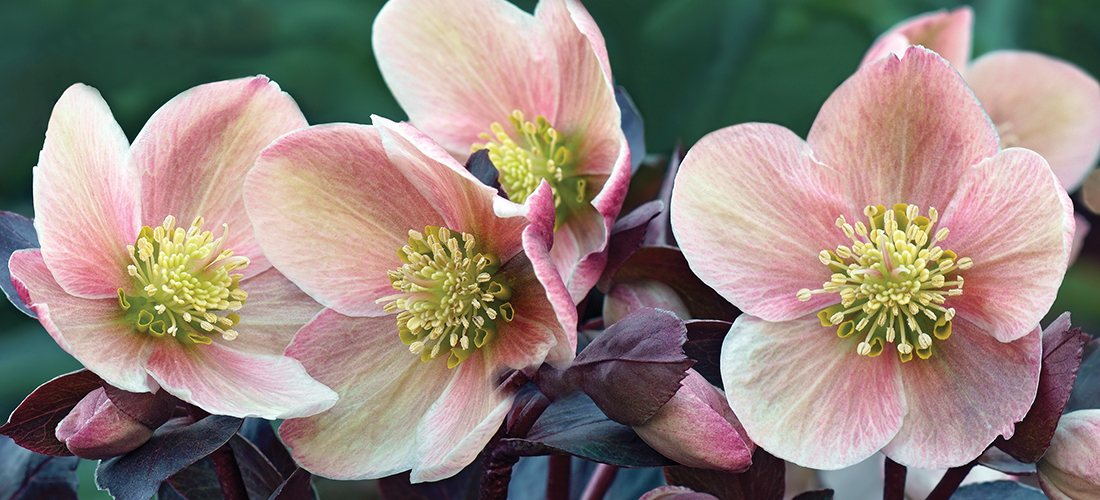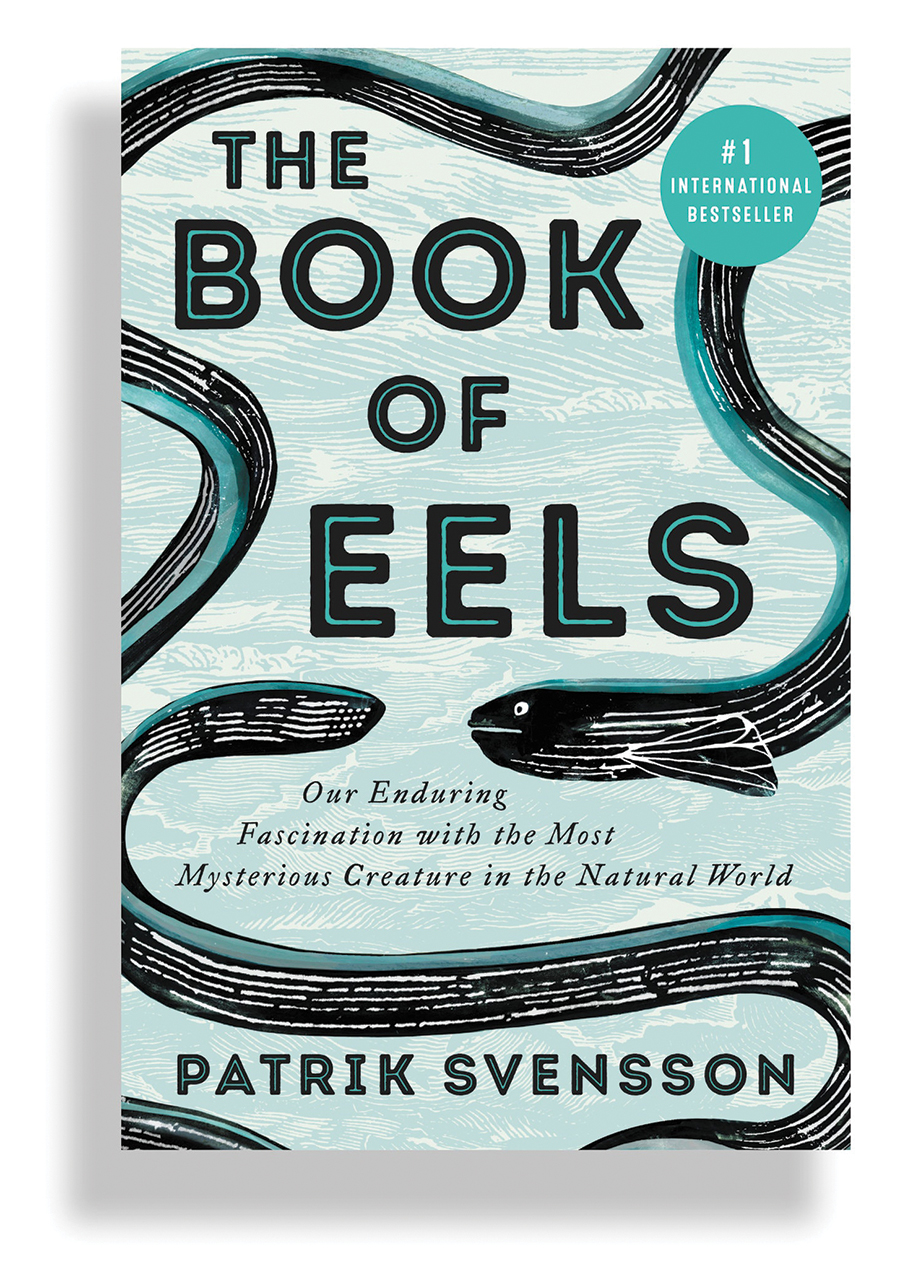Botanicus
Lenten Rose
A Winter Blessing
By Ross Howell Jr.
Not long ago, my sister, Becky DeHaven, introduced me to Lenten roses by giving me some.
Becky has a natural-born curiosity about plants. She inherited our mother’s green thumb, is a charter member of Greensboro’s Seeds ’n’ Weeds Garden Club and has as fine an eye for landscape as any professional you could hire. Her Irving Park garden is evidence.
I, on the other hand, did not inherit our mother’s green thumb. But the plants my sister gave me are thriving — proof that while Lenten roses may look delicate, they’re tough, hardy plants.
Sometimes called Christmas roses or winter roses, Lenten roses are not roses at all.
They’re hellebores — Helleborus orientalis, to be specific — members of an exclusive little club of some 20 herbaceous or evergreen perennial flowering species native to Eurasia. The highest concentration of hellebore species in the world is found in the Balkans.
Decades ago, they were a rarity in American gardens. So how did my sister discover them?
“I was looking for something that blooms in winter,” Becky says. “And that’s hard to find.” Then someone at a Seeds ’n’ Weeds meeting mentioned Lenten roses.
“I liked the spiritual aspect,” Becky adds. “That they bloom during Lent.”
Lenten roses usually start blooming in January, though in established beds, they can start as early as December and bloom straight through to April. They prefer shade to partial shade in well-drained soil, though my sister tells me some of hers have spread into areas in full sun.
Hellebore hybrids display a variety of colors — white, pink, red, purple, plum, yellow, green, even nearly black. Petals can be smooth or ruffled. The flowers can be shaped like upturned stars or nodding bells. Some hybrids offer double blooms.
These blossoms are set off against deep-green foliage, welcome color for a winter garden. And florists like hellebores because they make such long-lasting cut flowers.
Lenten roses can be incredibly prolific.
About the same time my sister was planting her first winter roses for color in her Greensboro garden, Brenda and Bill Brookbank of nearby Julian decided to conduct an experiment.
They tell me their backyard is filled with mature hardwoods, and back then they were looking for perennials that would grow in the shade. They planted a number of different plants. Among them were five Lenten roses.
“Everything died,” Brenda says. “Except the Lenten roses.” A year later, they noticed bright green seedlings springing up in the back yard.
“We thought they were weeds,” Brenda adds. So they started digging them, until they realized exactly what they were.
As the hellebores continued to propagate, Brenda got the idea to start transplanting them into pots to sell at a local farmers’ market.
“And what did you say, Bill?” she asks her husband.
Bill chuckles and answers, “I said, ‘Ain’t nobody gonna buy those plants.’”
If you’re a husband, you know just where this story is going.
That day Brenda sold every plant she’d potted. She potted more and sold them too. Then she contacted a local nursery to see if they wanted to buy any. They did, but they told her she’d need to be a certified seller. So she got her certification. Later, the Brookbanks bought the lot adjoining their property — to grow more hellebores.
And B&B Lenten Roses became a business.
“All the plants we’ve ever sold have grown from the seed of those original five,” Brenda adds.
“Oh, there’s no holding a Lenten rose,” my sister adds. The first season she put hers in, she noticed green shoots springing up everywhere. Like the Brookbanks, she thought they were weeds.
Over the years the hellebores have spread into my sister’s pachysandra. In fact, Becky uses her lawnmower to keep her walking path open, so broadly have they spread.
My sister’s Lenten roses display another typical characteristic: Lenten roses are remarkably quick to hybridize, meaning they reproduce in colors other than the color of the original plants. Though she started only with light pink flowers, her beds now display nearly every color of the Lenten rose palette, from white to nearly black.
“You never know what you’ll get with a Lenten rose,” Brenda Brookbank says. She explains that it’s a good idea to purchase them when they’re blooming, so you can be certain about the color.
“The mother plant will continue to produce the same color,” Brenda adds. But once the cross-pollinated seeds begin to sprout, all bets are off.
As for the Lenten roses my sister gave me — they’re growing by the house in the partial shade of a big willow oak in our neighbor’s yard. When we’ve had some snow or ice, I like walking outside to have a look, their dark foliage serene in the snow, here and there a pink blossom peeking through ice.
But another neighbor has expanded his parking area, so where the Lenten roses reside I want to plant arbor vitae as a screen.
I’m going to move the Lenten roses to a garden in Blowing Rock. They can stand the cold, and I have a well-drained spot with enough shade that I believe they’ll do just fine.
Another great hellebore characteristic, especially for the mountains? They’re seriously deer-resistant.
And as for my sister, Becky? Lately she’s been telling me about a new find, Chinese paperbush.
I expect I’ll have another topic to write about, some season soon. OH
For more information on Lenten roses, contact your local garden shop or garden club. You can also visit B&B Lenten Roses at bblentenroses.com or call them in advance for an appointment to see their selection.
Ross Howell Jr. is a freelance writer and geezer gardener. Contact him with your plant ideas at ross.howell1@gmail.com.















